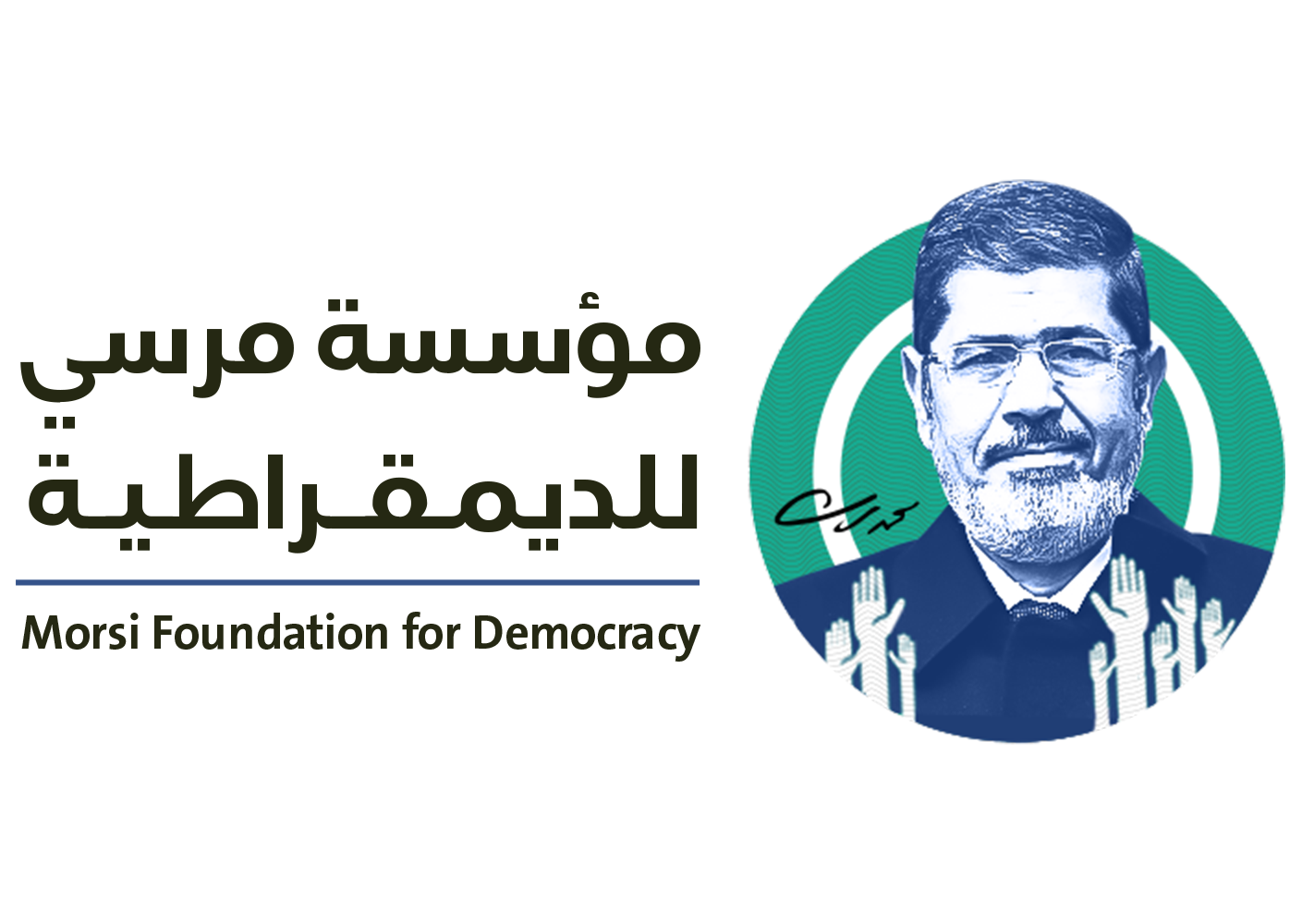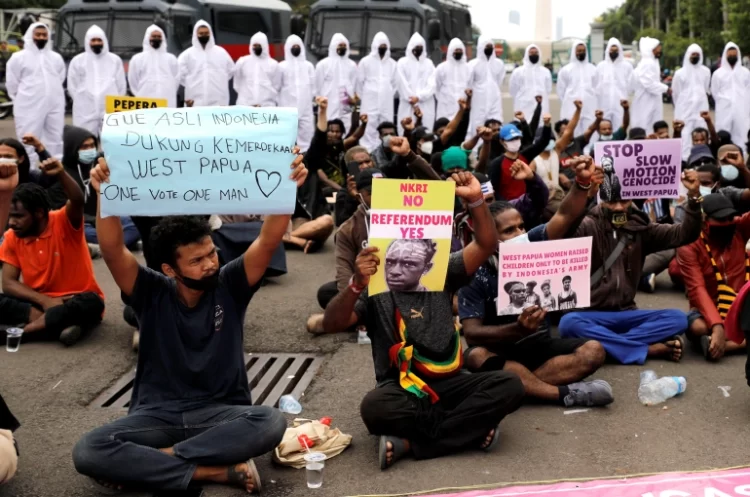Egianus Kogoya, the dreadlocked rebel behind the kidnapping of a New Zealand pilot this month in the highlands of Indonesia’s Papua region, is at the vanguard of an increasingly dangerous and media-savvy insurgency for independence.
Separatist rebels kidnapped New Zealand pilot Philip Mehrtens, 37, after he landed his small plane in the remote Papuan highlands on Feb 7.
Sitting in the cockpit of the plane, Kogoya, wearing a denim jacket, bone necklace and mirror shades, with a hand draped over a rifle, appeared to relish posing as his men documented their most high-profile kidnapping to date
In a series of videos, Kogoya demanded the resource-rich region’s independence in return for Mehrtens’ release.
Fighters in the Indonesian, western half of New Guinea island have for decades waged a low-level battle for independence, but Kogoya and his gang have emerged as especially dangerous and unpredictable.
“What we are seeing is younger, new leadership among local rebel groups that is more aggressive and not necessarily strategic in the long term,” said Deka Anwar, from the Jakarta-based think tank, the Institute for Policy Analysis of Conflict
The security ministry did not respond to requests for comment on the separatists but military spokesperson Kisdiyanto said attacks against Indonesian sovereignty by “a few” separatists were being handled.
The military has said it is preparing for a “law enforcement operation” but only as a last resort if negotiations to free Mehrtens fail.
Separatists say their fight is legitimate because former colonial power the Netherlands promised the region it could become independent before it was annexed by Indonesia in 1963.
Indonesia says Papua is its territory after a 1969 vote supervised by the United Nations, in which 1,025 handpicked people unanimously backed its integration.
More than a half a century later, rebels are still fighting the Indonesian republic.
An estimated 500 fighters identify as members of the West Papua National Liberation Army , the armed wing of the Free Papua Movement.
Units in different areas operate under individual commanders, like Kogoya, who hails from a family with rebel connections – some relatives were behind the kidnapping of several foreign researchers in 1996.
For years, the separatists mounted small attacks with minimal casualties but Kogoya and his group opened a bloody new chapter in 2018 when they attacked a road-construction project killing 21 workers.
Indonesia launched a security crackdown in response, vowing to wipe out the rebels with hundreds of extra troops.
The violence forced thousands of villagers to flee, triggering a humanitarian crisis in which more than 160 people died of sickness and starvation. But in the rugged Papuan highlands, the security forces failed to track down Kogoya and his men.



